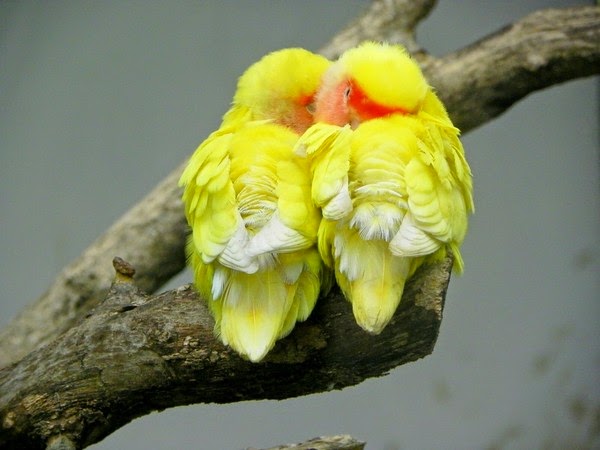The Shanghai Museum is a museum of ancient Chinese
art, situated on the People's Square in the Huangpu District of Shanghai,
China. Rebuilt at its current location in 1996, it is often considered China's
first world-class museum.
The museum was founded in 1952 and was first open to the public in the
former Shanghai Racecourse club house, now at 325 West Nanjing Road. In 1959 the museum
moved into the Zhonghui
Building at 16 South Henan Road,
which previously housed insurance companies and bank offices.

Shanghai Museum owes much of its current
existence to Ma Chengyuan, its director from 1985 until his retirement in 1999.
When the museum was omitted from Shanghai's
five-year reconstruction plan in 1992, Ma lobbied Mayor Huang Ju for its rebuilding.
After seeing the dilapidated rooms of the Zhonghui Building,
Huang agreed to allocate a prime site on the People's Square, but the museum
had to raise its own building funds. Ma raised US$25 million by leasing the old
building to a Hong Kong developer. He also
made many trips abroad to solicit donations, mainly from the Shanghai
diaspora who had fled to Hong Kong after the
Communist revolution, raising another $10 million. The money still ran short,
but he eventually won another 140 million yuan from the city government to
complete the building.
Unlike many museums in China,
the Shanghai Museum is arranged by theme rather than
by dynasty. Begin your tour on the first floor at the Ancient Chinese Bronze
Gallery, which boasts a marvelous collection of more than 400 bronzes from the
18th to the 3rd centuries B.C. typically reserved for use only by nobles and
royalty. Standouts include two wine vessels with animal mask designs, one in
the shape of an ox (zun) and the other a traditional pot (he) used by the king
of Wu, both dating from the Late Spring and Autumn Period (770-476 B.C.).
There's also a typical food vessel on three legs (ding) from the Western Zhou
Dynasty (1100-771 B.C.), the shape of which is said to be the inspiration for
the museum building, which certainly resembles an ancient ding from afar. The
Ancient Chinese Sculpture Gallery has sculptures spanning the Warring States
period to the Ming Dynasty (475 B.C.-A.D. 1644), including a kneeling clay
figure playing a bamboo flute from the Eastern Han (A.D. 25-200) and a Buddhist
image of Sakyamuni in stone from the Northern Qi (A.D. 550-577).

On the second floor, the Ceramics Gallery contains many tricolor figurines
from the magnificent Tang Dynasty (A.D. 618-907) and delicately painted and fired
pots from the Ming Dynasty (A.D. 1368-1644) kilns at Jingde Zhen; the gallery
is definitely worth a tour if you love your china.

On the third floor, the Painting Gallery contains many ancient original art
works on silk scrolls, including landscapes from the Ming Dynasty and Buddhist
scrolls from the Tang and Song (A.D. 960-1279) dynasties. Typical is the ink
brush scroll by Emperor Zhao Ji (A.D. 1083-1135) of the Song Dynasty titled for
its subjects, Willow,
Crows, Reed, and Wild Geese. The Calligraphy Gallery shows the various styles
of artistic "handwriting" developed in China over many centuries, with
specimens as old as the Tang Dynasty. Altogether, the museum owns some 15,000
of these fine scrolls. The Seal Gallery has intricate carved chops in stone
used by emperors and their courts to notarize official documents. On this
floor, displays show the basic elements of calligraphy, explaining the
relationship between Chinese painting and calligraphy, and demonstrating how
the artists' tools were used.

The fourth floor has a splendid Jade Gallery, with intricately carved jade
wine vessels, jewelry, and ornaments, some from as early as the Liangzhu
Culture (31st-22nd c. B.C.). The Coin Gallery displays coins that predate the
First Emperor's reign (221-207 B.C.), as well as gold coins from Persia discovered on the Silk
Road. The Ming and Qing Furniture Gallery has elaborately carved
screens inlaid with jade from the Qing Dynasty (A.D. 1644-1911), a six-poster
canopy bed, and a wonderful folding wooden armchair from the Ming Dynasty (A.D.
1368-1644). The Minority Nationalities' Art Gallery
displays some lovely costumes, jewelry, dioramas, and ceremonial creations from
the more remote, non-Han Chinese reaches of the Chinese empire, most of them
dating from the early 20th century.
For more information, please visit http://top-chinatour.com




























